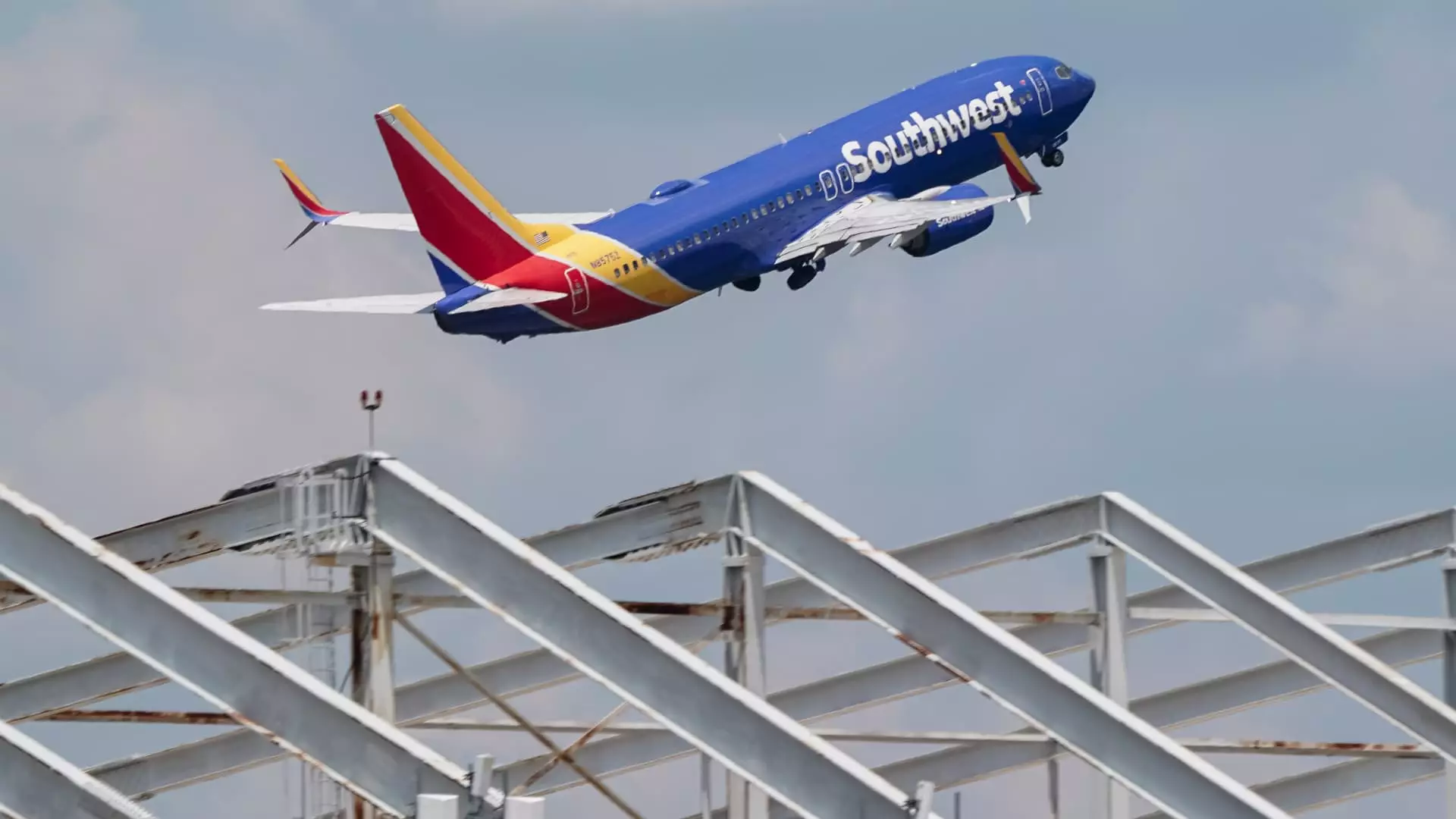Southwest Airlines recently reported its third-quarter financial results, revealing a decline in profits compared to the previous year. Despite this setback, the airline’s earnings exceeded Wall Street’s expectations—a noteworthy achievement in a challenging economic landscape. The carrier, based in Dallas, continues to adapt to shifting market dynamics, bolstered by strong consumer demand. As it faces increasing pressures from stakeholders, including activist investor Elliott Investment Management, Southwest is also embarking on a strategic realignment to enhance its revenue streams.
Deal with Elliott: A Strategic Retreat or a Calculated Move?
In a pivotal development, Southwest reached an agreement with Elliott Investment Management, effectively avoiding a contentious proxy fight. The deal includes the integration of six of Elliott’s candidates onto the airline’s board, maintaining CEO Bob Jordan in his role. This agreement underscores Southwest’s commitment to governance while handling investor pressures adeptly. The alliance may serve as a fresh catalyst for the airline’s long-term strategies, but it also raises questions about the firm’s growth trajectory and decision-making agility.
For the fourth quarter, Southwest Airlines forecasted a 3.5% to 5.5% increase in unit revenue along with a 4% decrease in capacity. However, the airline anticipates up to a 13% rise in costs, excluding fuel expenses. This blend of optimism for revenue growth combined with caution regarding escalating costs paints a complex financial picture. Positive signs linger as Southwest noted robust travel demand and promising holiday bookings, particularly in the leisure sector, mirroring trends seen across the airline industry as larger players recalibrate their capacities.
Amidst these financial fluctuations, Southwest has outlined an ambitious three-year plan aiming to generate an additional $4 billion in earnings before interest and taxes by 2027. This plan includes a significant $2.5 billion stock buyback, reflecting the company’s confidence in its long-term prospects, even as it streamlines operations by cutting underperforming routes. Notably, the airline will also shift from its traditional open seating policy, introducing paid seating options and premium legroom, marking a substantial transformation in its flight model that has been in place for over half a century.
Southwest’s performance metrics for the third quarter highlight an adjusted earnings per share of 15 cents, surpassing analysts’ predictions of breakeven. Revenue jumped to $6.87 billion, up more than 5% year-over-year, revealing the airline’s resilience despite economic challenges. However, net income took a noticeable hit, falling 65% to $67 million. Adjusted for one-time items, net income reached $89 million or 15 cents a share, illustrating the difficulties the airline faces in maintaining profitability even in a recovering travel market.
Overall, Southwest Airlines is navigating a complex landscape characterized by declining profits, shifting governance dynamics, and strategic pivots. While its financial outlook remains cautiously optimistic, with projected revenue growth and robust travel demand, the airline must adeptly manage its operational costs and evolving market strategies to ensure sustainable growth in the future. The changes underway may represent either a necessary evolution in response to investor influence and market demands or a daunting challenge to Southwest’s historical business model.

